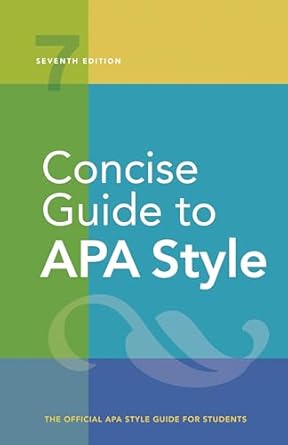[toc]
understanding copyright a quick guide
Concise Guide to APA Style: 7th Edition (OFFICIAL)
Page 229 Review
Understanding Copyright: A Deep Dive into Usage Rights
Copyright is a cornerstone of intellectual property, dictating how we can utilize and adapt existing works.
The ebook excerpt provides valuable insights into navigating copyright statuses, crucial for researchers, writers, and anyone working with creative content.
This analysis will explore the key concepts presented, offering a comprehensive understanding of copyright and permission.
Identifying Copyright Status
The excerpt emphasizes the importance of identifying the copyright status of a work before using it. “The copyright status of a work determines how you are allowed to use it in your own paper.” This highlights the need for due diligence in determining whether permission is required for reproduction or adaptation.
The location of copyright information is also noted: “Copyright is usually indicated on the first page of an article, on the copyright page of a book or report, below an image published online, or in the footer of a website.”
Common Copyright Statuses
Standard Copyright
Standard copyright, often indicated by the word “copyright” or the copyright symbol, restricts usage without explicit permission.
The excerpt provides examples: “Copyright 2020 by the American Psychological Association.” and “© 2018 Bianca T.
Burquest, all rights reserved.” Understanding that standard copyright necessitates seeking permission before use is critical.
Creative Commons Copyright
Creative Commons (CC) licenses offer more flexible usage terms. “Creative Commons licenses are indicated by ‘Creative Commons’ or ‘CC.’” The key advantage is the potential to “reprint and/or adapt a work (including images) without permission from the copyright holder as long as you give credit to the original author in the form of a copyright attribution, note the license type, and indicate whether you have adapted the original.” However, the excerpt cautions that “The specific terms of Creative Commons licenses vary, so check the license associated with the work you want to reproduce to determine what you are allowed to do and what specific copyright attributions, if any, are required.” This underscores the need for careful examination of each CC license.
Public Domain
Works in the public domain are free from copyright restrictions. “Works that are not bound by copyright are considered to be in the public domain.
This means that you can reprint them and/or adapt them however you want, so long as you credit the original author in the form of a copyright attribution.” The excerpt provides a clear guideline: “Assume that a work is under copyright unless you see the words ‘public domain’ on it or the work was produced by the U.
S. government (in which case it is automatically in the public domain).” It also correctly mentions that copyright eventually expires, potentially placing works into the public domain, but cautions about the complexities of these laws. “Although copyright does expire with time—meaning that works that were once copyrighted may now be in the public domain—the laws governing this process are complex and vary by country; consult a librarian if you have questions regarding expired copyrights.”
No Copyright Indicated
The excerpt provides a very important caveat: “If no copyright is indicated, treat the material as copyrighted.
U.
S. copyright law states that a work is LHOWAdOD”.
This essentially means assume the most restrictive copyright is in place, to avoid any potential issues.
The Challenge of Copyright Determination
The excerpt acknowledges the difficulty in determining copyright holders, especially for older works. “Determining who holds a copyright can sometimes be challenging, particularly for older works, because publishers may merge and copyrights may change hands.” This reinforces the need for thorough research and, when in doubt, seeking legal counsel.
Conclusion
Understanding copyright is essential for responsible and ethical content creation.
The excerpt provides a valuable starting point for navigating the complexities of copyright law.
By understanding the different copyright statuses – standard copyright, Creative Commons, and public domain – and exercising caution when no copyright is indicated, individuals can ensure compliance and avoid potential legal issues.
The excerpt’s emphasis on attribution, proper licensing checks, and seeking expert advice when needed reinforces the importance of a proactive and informed approach to copyright management.
Buy full ebook for only $18: https://www.lulu.com/shop/american-psychological-association/concise-guide-to-apa-style-7th-edition-official/ebook/product-rmzpq54.html?page=1&pageSize=4

